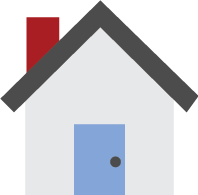
Report from HomeSys 2013, a workshop collocated with ACM UbiComp 2013
| by | ||
| A.J. Brush | James Scott | Sarah Mennicken |

|
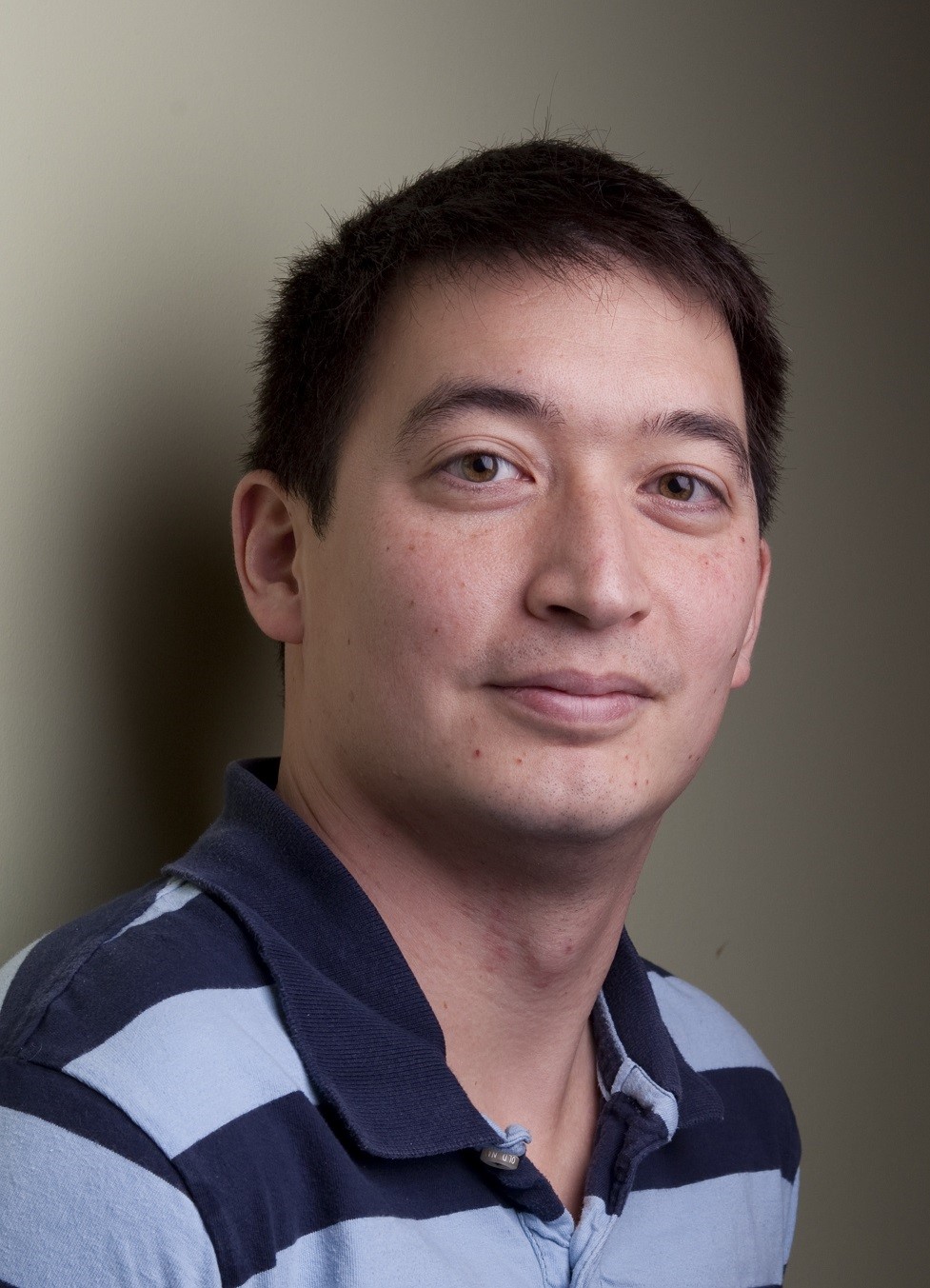
|
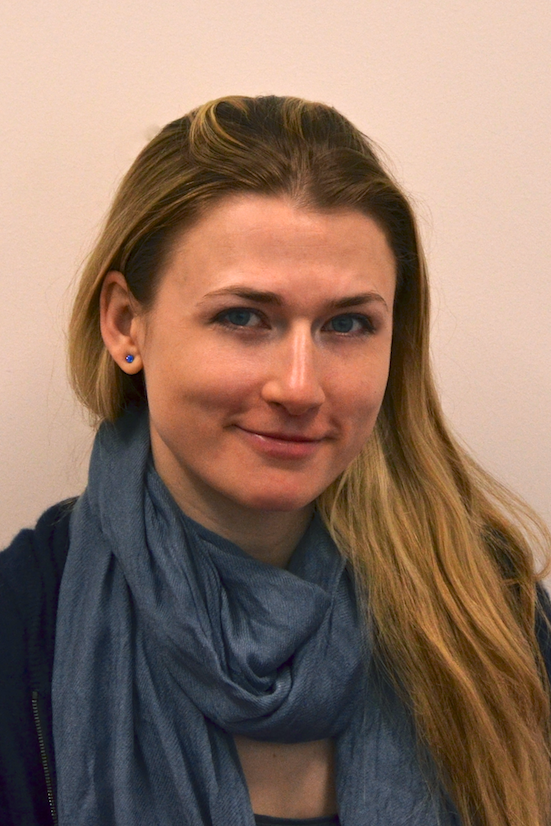
|
HomeSys 2013 was a workshop collocated with ACM UbiComp 2013, held in Zurich, Switzerland on Sept 9, with 43 attendees. The topic area was anything to do with home technology – including novel systems or applications for the home, studies of use of new or existing technologies in the home, and tools or approaches for conducting research in the home.
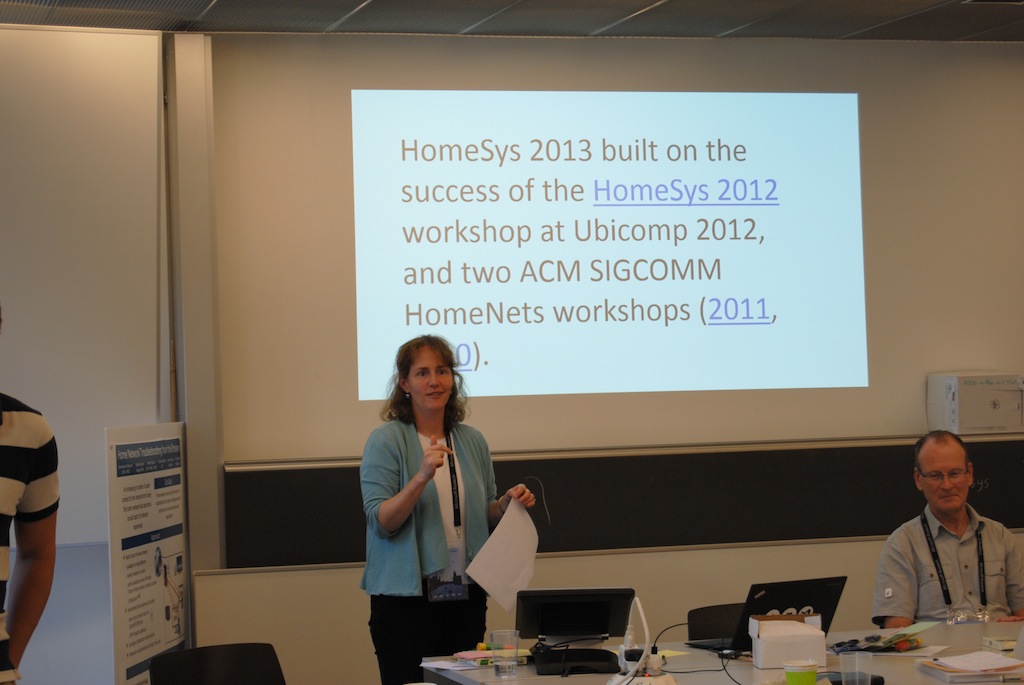
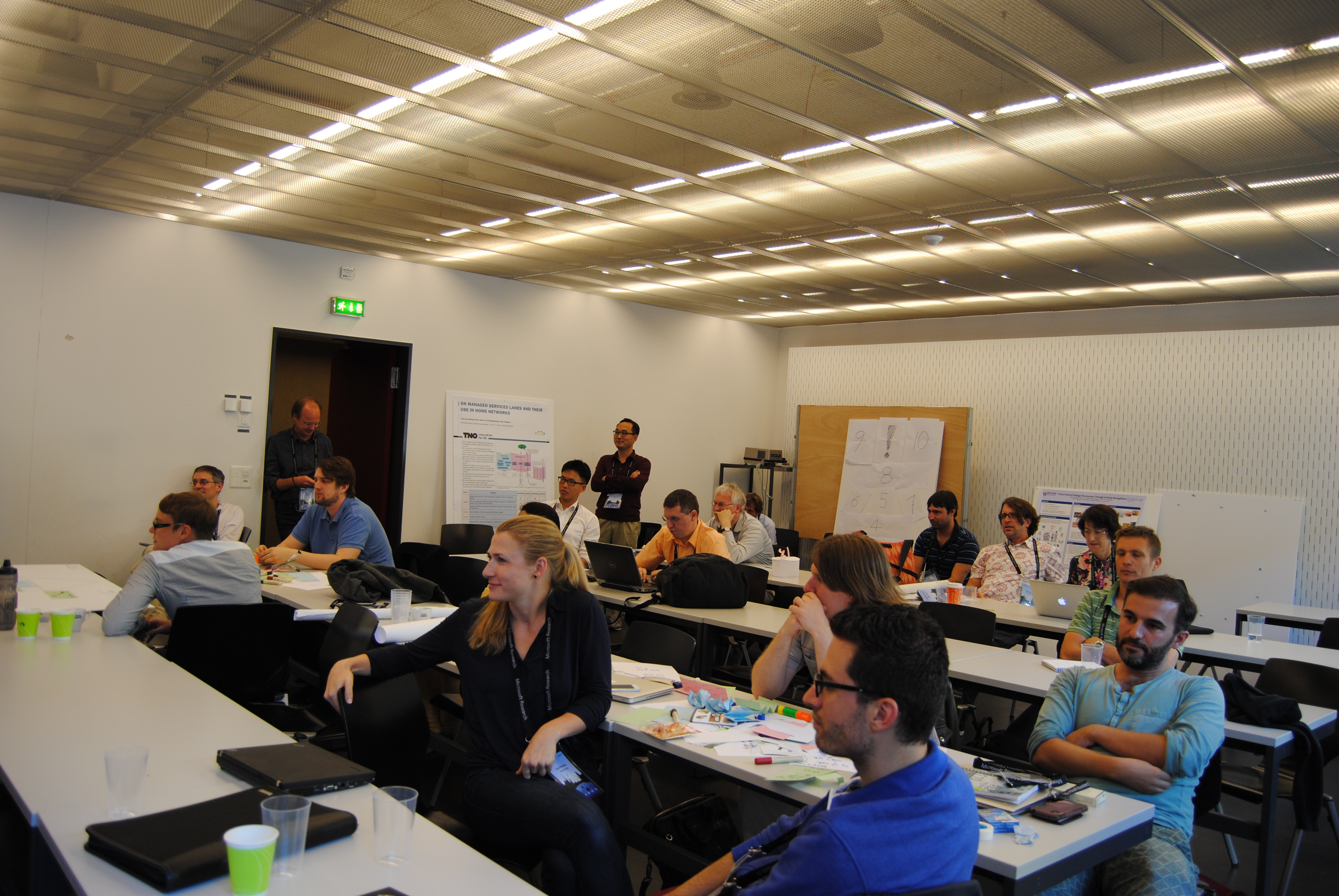
HomeSys was co-organised by A. J. Brush (Microsoft Research, USA), James Scott (Microsoft Research, UK) and Sarah Mennicken (University of Zurich), and kindly sponsored by Technicolor and Microsoft Research.
We began the day with an exciting keynote from Prof. Gregory Abowd reflecting on 15 years of working in the home, including setting up the first “living lab” – the GaTech Aware Home. The discursive and reflective nature of the keynote set the tone for the rest of the day.
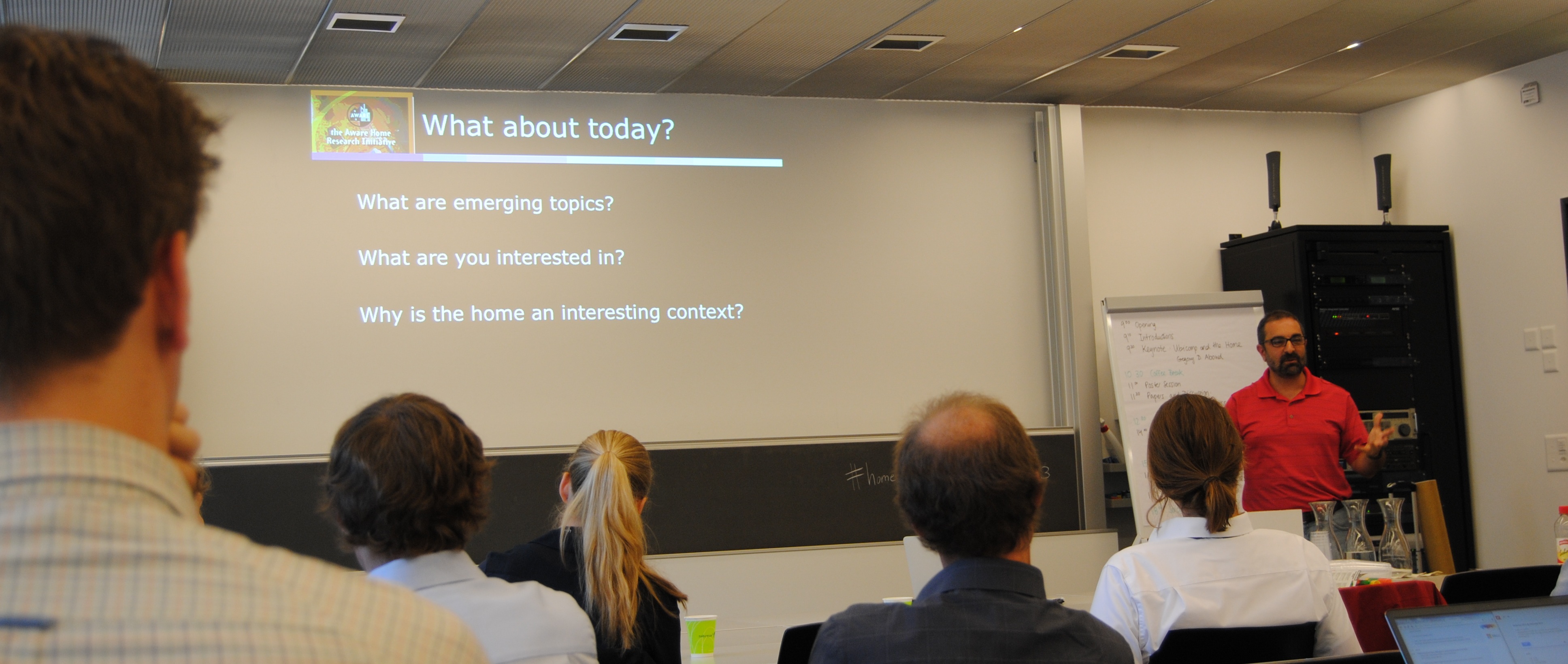
This was followed by a poster session with 13 interactive poster presentations on everything from robotics, localization, sensing, platforms, home network protection, user identification, and sustainability. This gave many people the chance to discuss their work in a parallel forum.


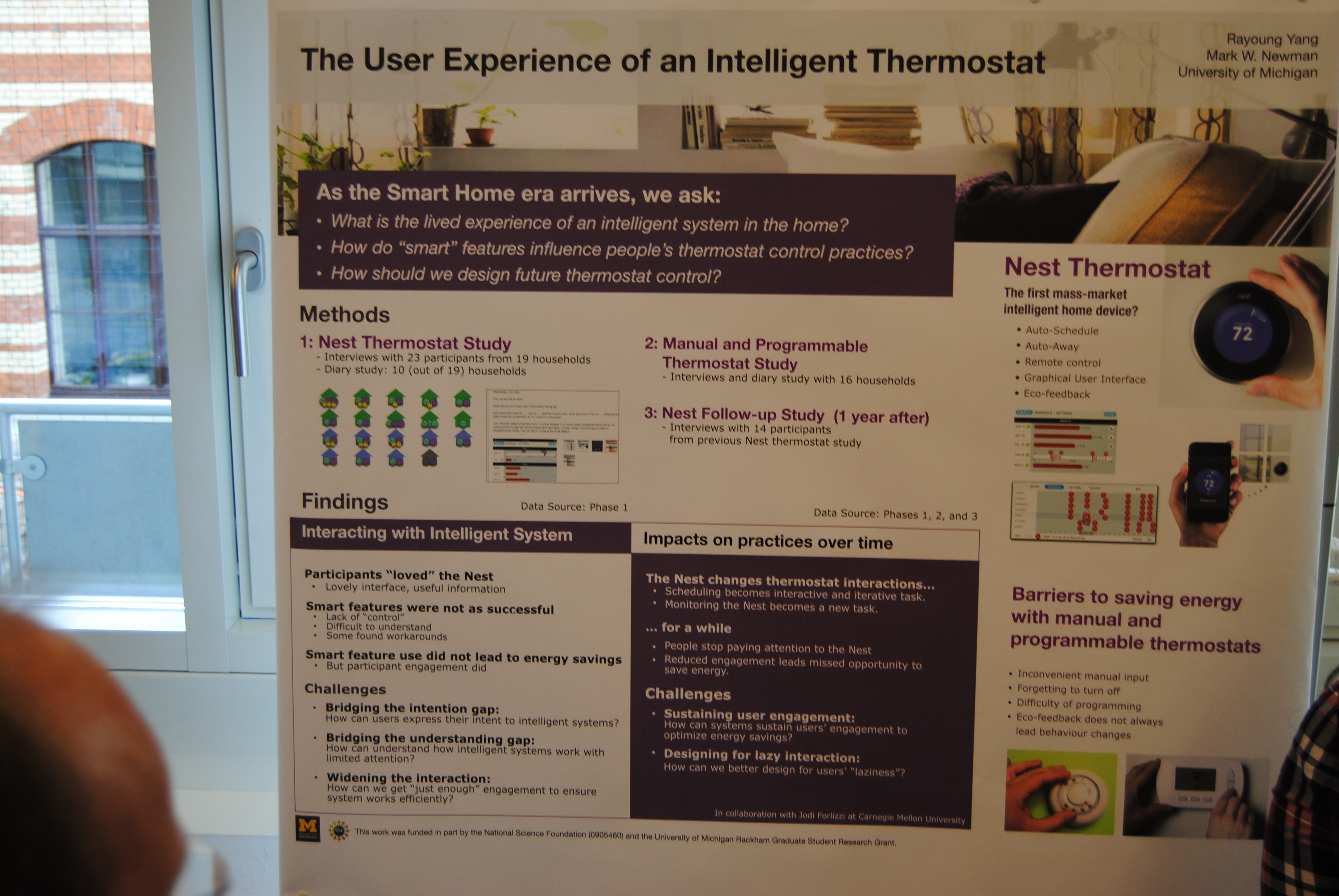
Two talks sessions then followed, with a focus first on Understanding Users (with talks by Renata Teixeira and Stuart Schechter), and on Challenges of Conducting Research in the Home (with talks by Timo Jakobi, Oliver Bates and Tim Coughlan). Each talk session included discussion time at the end with the authors acting as a “panel”, though these were interactive and involved much of the audience.
Also embedded in these sessions were four interesting 3-minute video presentations, on the management of digital books, a platform for assisted living, a system for process-driven home automation, and an application informing users about the security of smart homes. Some of the talks, posters and videos also submitted papers for publication in the UbiComp adjunct proceedings (which is “non archival” with respect to publication in a future UbiComp conference).
The most exciting part of the day was the breakout session, in which we challenged the audience, in groups of 4-5, to think up a vision for the home in 30 years time, extrapolating from trends in technology as well as societal trends. This was then to be presented back to the audience using a short skit, and the groups were provided with crafting material for constructing props which were put to good use. Themes that arose in the visions presented included; telepresence (e.g. between homes, or between a hotel room and the occupant’s home, or between a medical practitioner and a home), robotics (e.g. automatic reconfiguration of the home, or robotic servants), rapid custom fabrication (e.g. 3D printing of foods), and even the use of biological storage (e.g. you carry your data in encoded DNA).
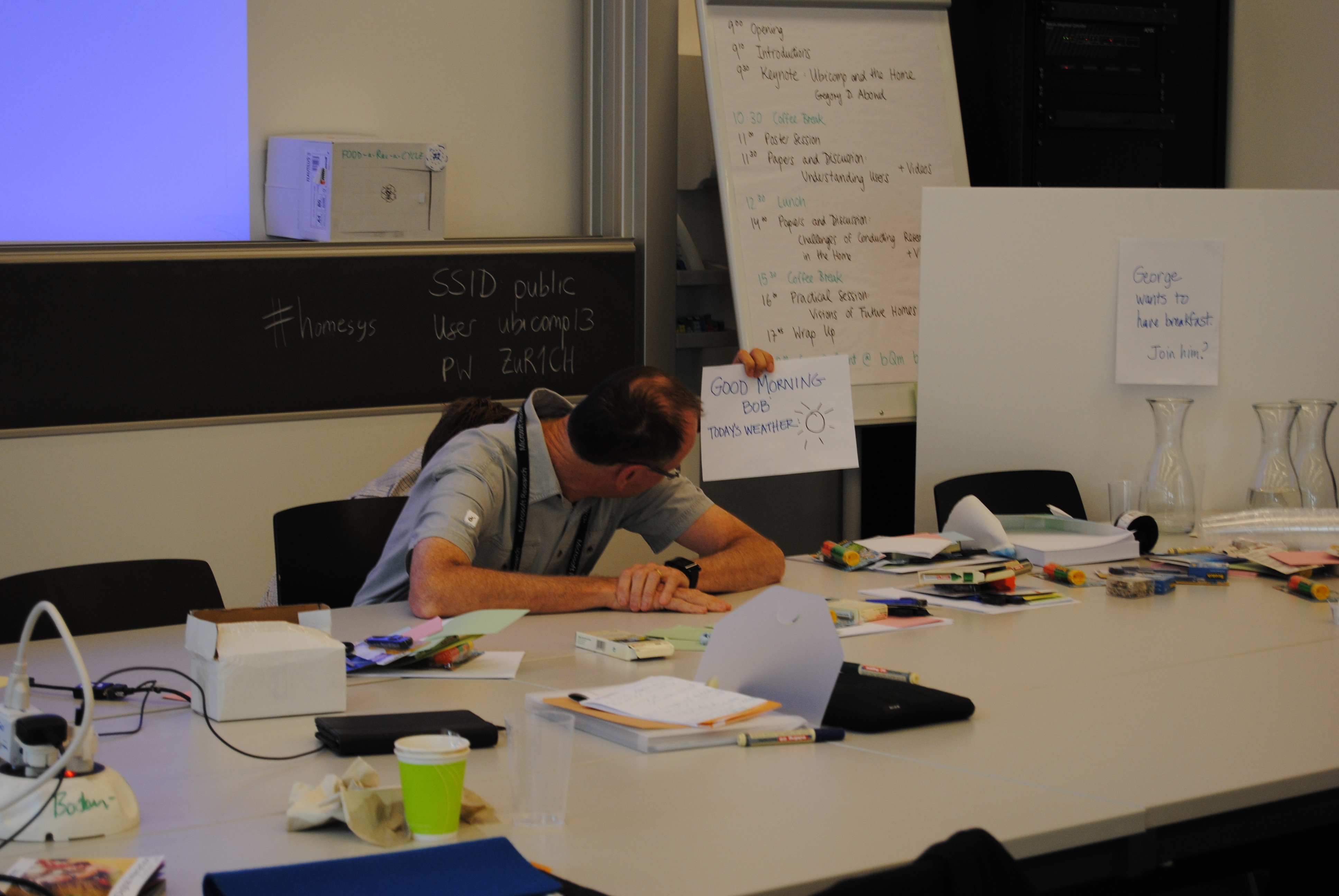
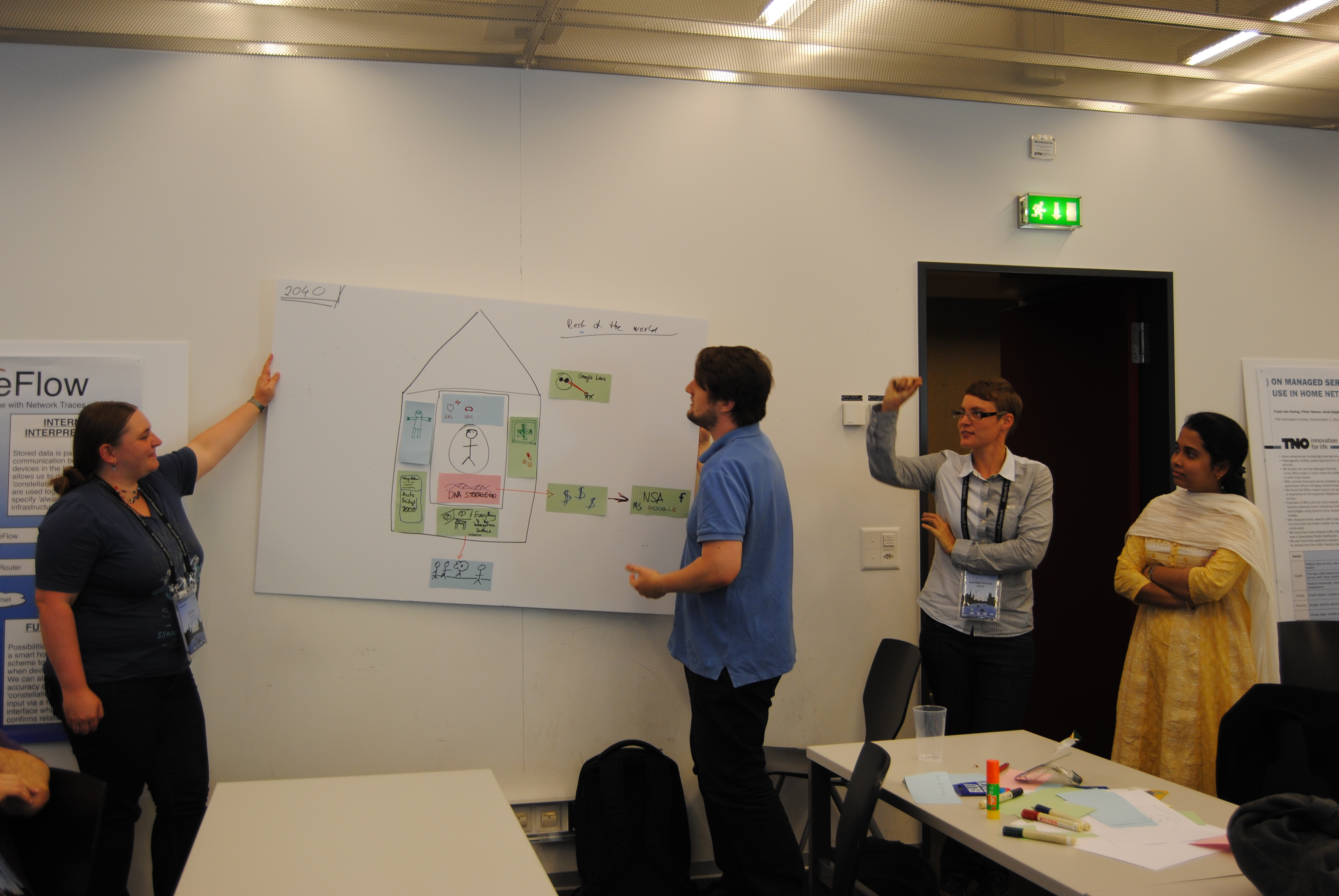
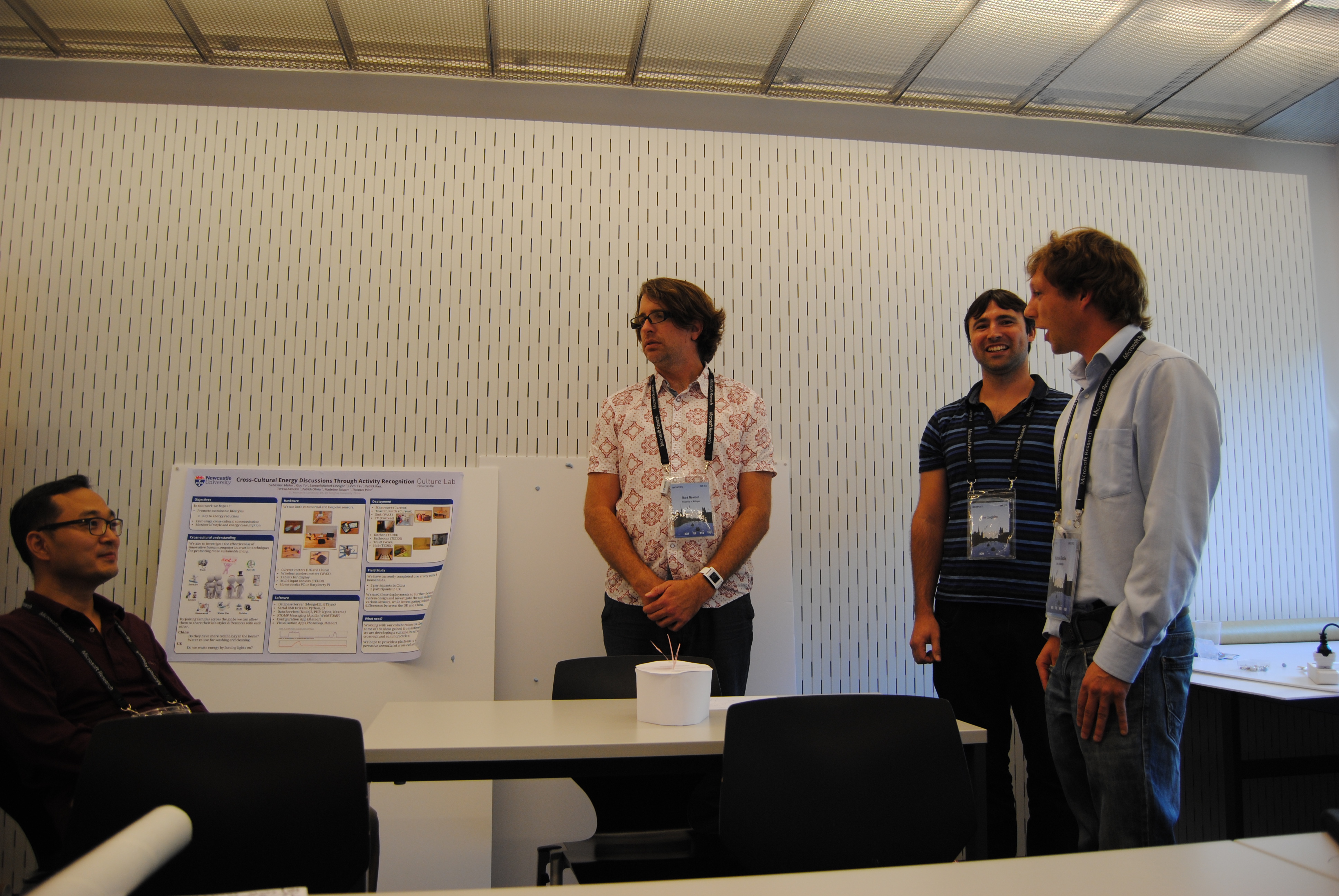
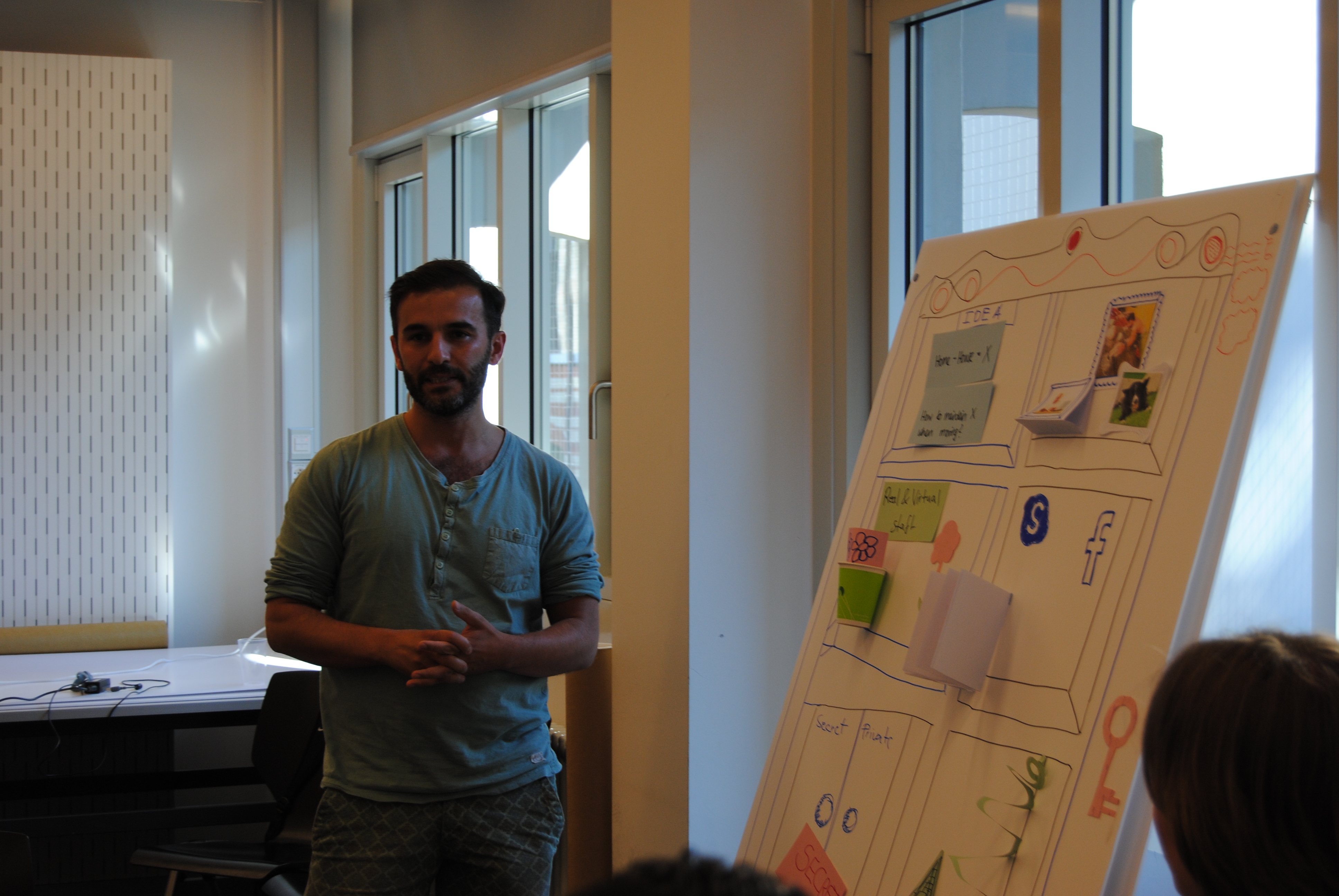
In summary, HomeSys 2013 was an interactive and enjoyable workshop enabling those working in home settings to reflect on the history of such efforts, how to be successful in doing research in homes, and to think forward to the long-term future that UbiComp is bringing to the home.
Thanks to Ngewi Fet for giving us his permission to use his photos in this report.
Important dates
Thanks for your participation and interest!
Contact us
Contact homesys2013@ubicomp.org with questions.Venue
In conjunction with UbiComp 2013, the 2013 ACM International Joint Conference on Pervasive and Ubiquitous Computing.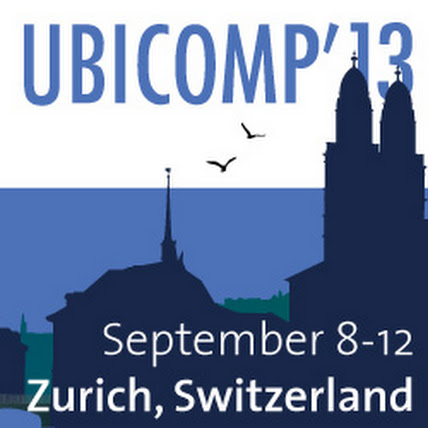
Sponsors

